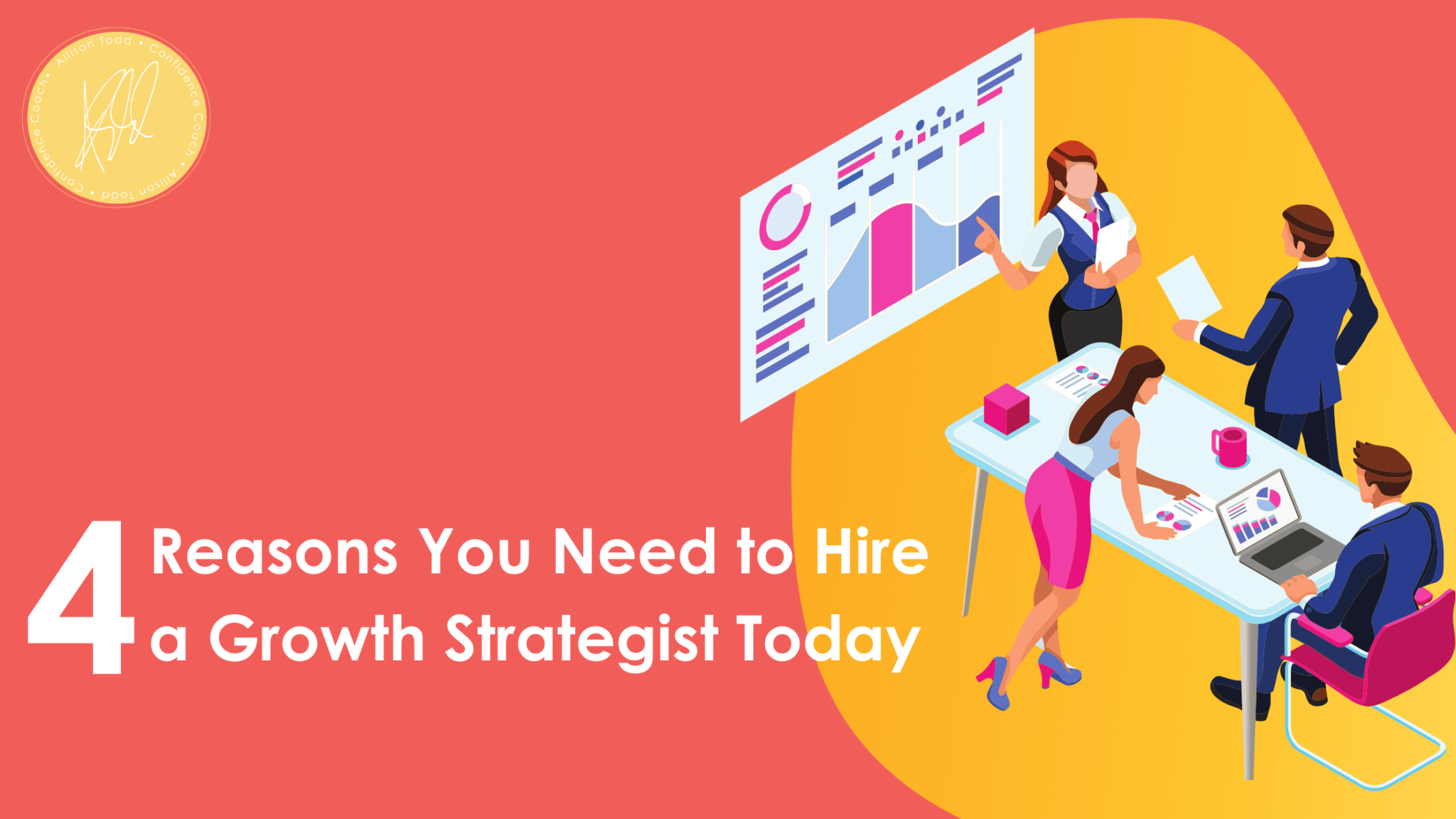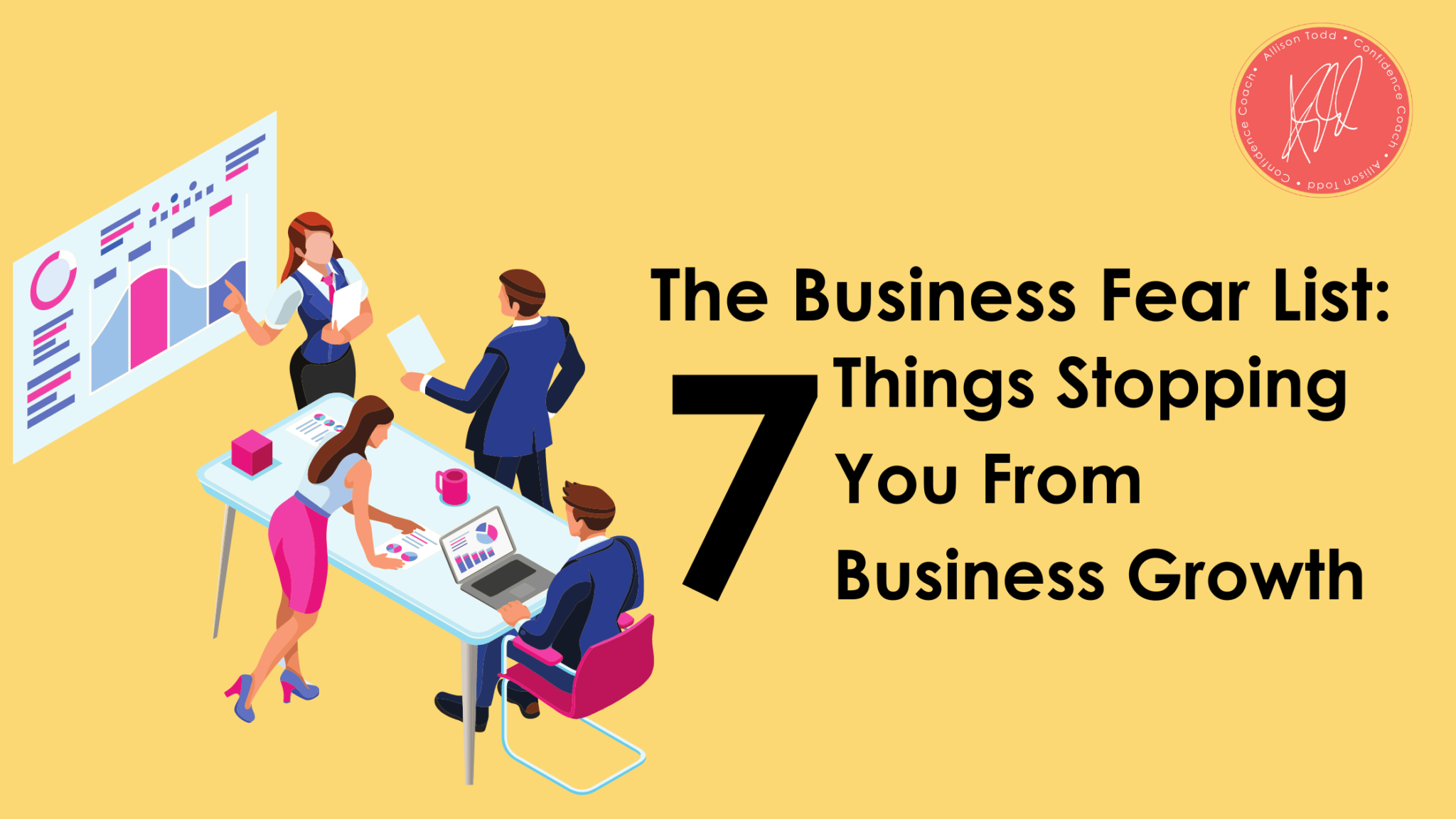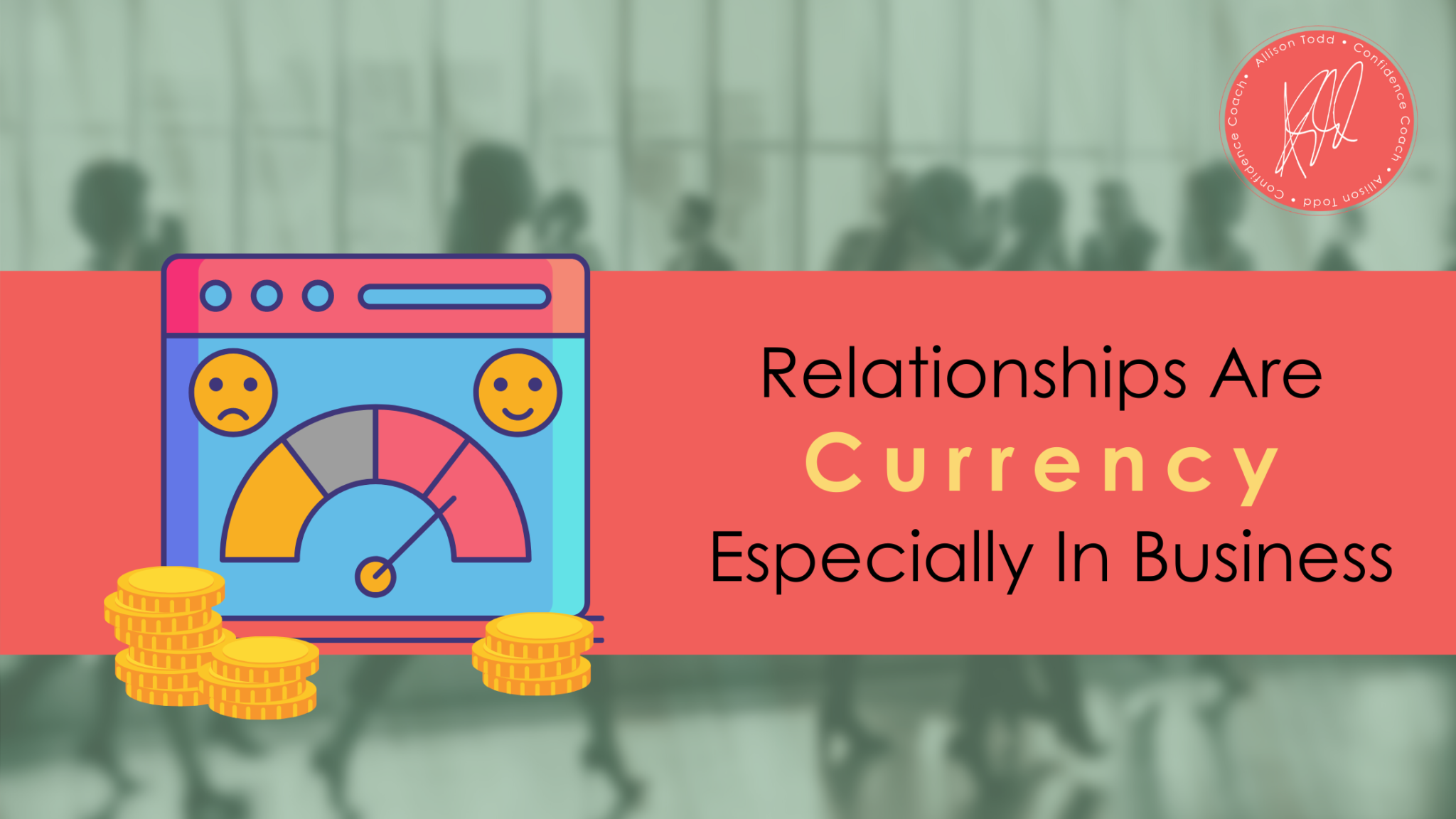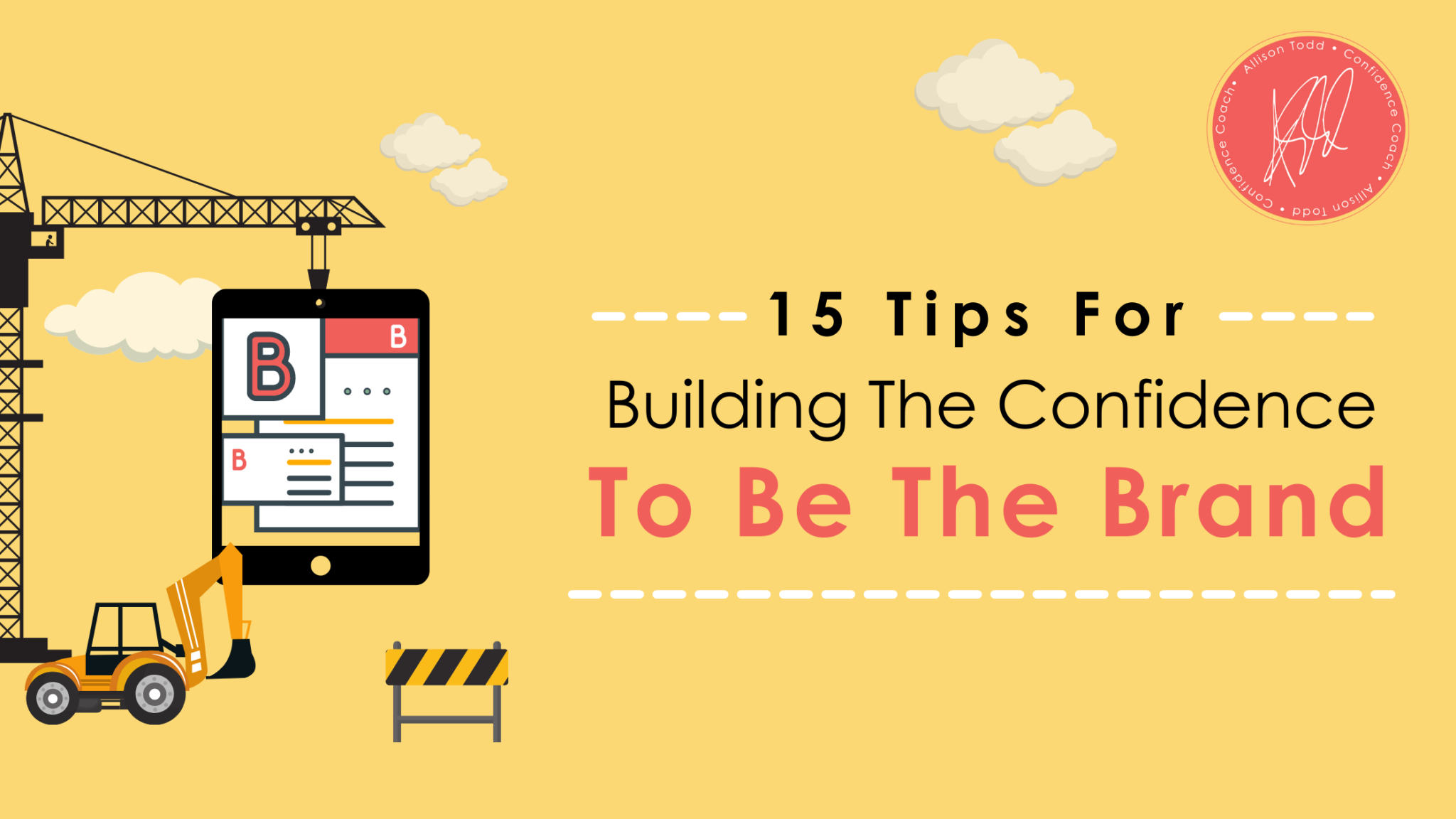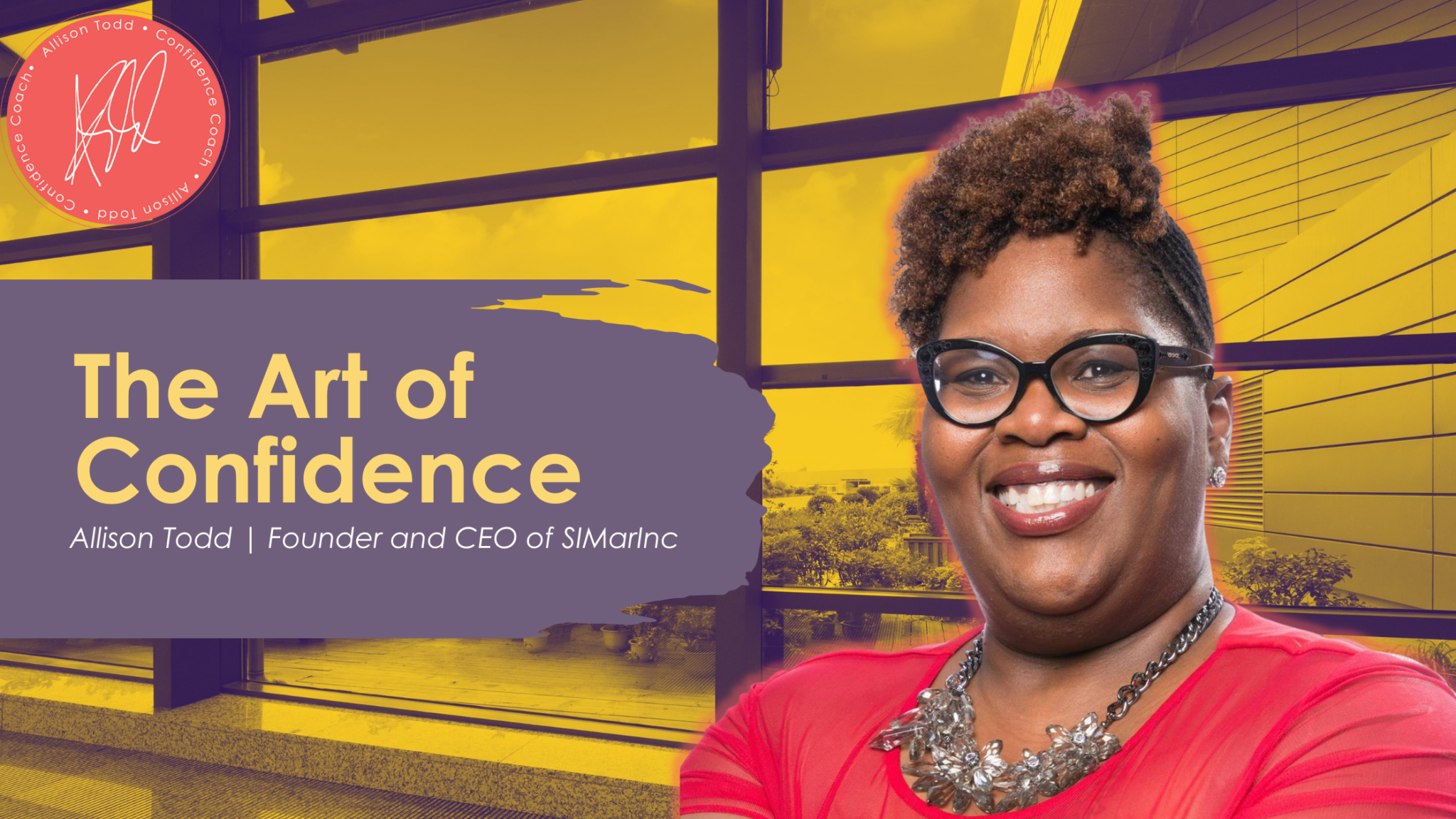Have you ever found yourself stuck in life? Whether you’re at a loss for what you want to do or you have an end-goal in mind but no clue how to get there, feeling stuck in life is all too common. And chances are, a life coach is someone you could benefit from greatly to provide that necessary nudge in the right direction.
Life coaches are specialists who help their clients analyze where they are now, where they want to be in the future, and how to connect the two. They help people who aren’t sure how to move forward or what their next best step is by looking at what obstacles are getting in the way and helping an individual find solutions to overcome them.
How Does it Work?
While the process of working with a Life Coach is similar to how therapy works, it differentiates itself by focusing more on the future rather than looking at your past and understanding your present. Life coaching is more direct in nature and gives individuals the encouragement they need to move past any resistance that’s keeping them from their goals.
Typically, a coach will begin your relationship with a discovery call during which they’ll ask questions to get to know you a little better and to figure out how they can best help you.
You’ll discuss the frequency of your meetings and if there is any “homework” that they may want you to do before your time together. More than likely, they’ll send you some paperwork to fill out that will help them identify your current obstacles and background.
Once your sessions start, your time together will be spent discussing what goals you have for your future and the things that are keeping you from achieving them. While your coach won’t tell you the exact roadmap or steps to take, they will help you define them for yourself. At the end of your time with a life coach, you’ll walk away with actionable steps to get you on the path to where you want to go.
Work with Me

I’m a Life Coach based out of Atlanta and I have over 15 years of experience in the coaching industry. I like to call myself a “confidence coach,” because I feel like my mission is to empower driven, passionate entrepreneurs to launch, grow, and scale their businesses and achieve the success they deserve.
I found my way into the coaching industry after serving in several leadership roles including my current position as Corporation Relations Manager for United Way of Greater Atlanta.
I earned my Masters of Arts in Human Resource Management and Development from Webster University and my Bachelors of Arts in Communication Theory and Rhetoric from the University of Missouri-St. Louis.
In conjunction with my coaching business, I created a Business Clarity Mastermind that’s open to the public and teaches practical strategies and tools to take action and grow your business.
If you’ve been spinning your wheels about where your life is headed and still haven’t found any traction, I would love to talk about how I can get you back on track and moving towards the future you envision. Your path to progress is just one click away.



